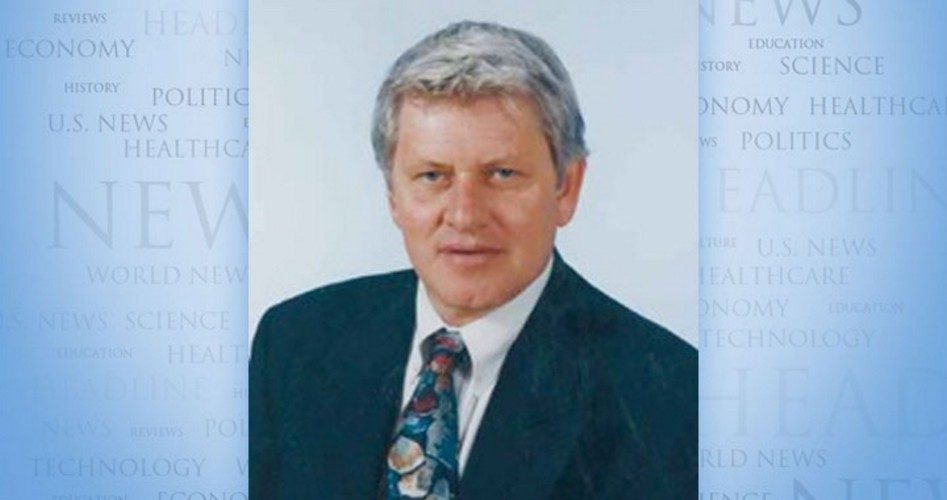
In September, the U.S. economy added 126,000 private sector jobs, the second-worst month of hiring by employers in the private sector this year, reported the Labor Department last week.
The 126,000 jobs number is down slightly from the monthly average of 129,000 private sector jobs added during the three months of July through September.
More significantly, and illustrating a clear-cut slowdown in an already-sluggish economic recovery, September’s 126,000 private sector jobs increase is a 34 percent drop from the average of 190,000 private sector jobs added per month to the U.S. economy in the April-June quarter.
In addition to these 126,000 new jobs in the private sector, government payrolls expanded by 22,000 jobs in September, producing a combined increase of 148,000 non-farm jobs.
This September total expansion of 148,000 jobs in the private and public sectors combined is a 23 percent decline from the 193,000 jobs added in the private and public sectors in August.
This subpar and declining job creation in an already weak economy, the worst economic recovery since World War II, occurred prior to the government shutdown and occurred during the Fed’s ongoing easy money policy that’s designed to drive down interest rates, encourage consumer spending, stimulate business investment, and boost job creation.
”Indeed, the number of jobs actually created in September — 148,000 — is barely enough to sop up the 130,000 who enter the workforce each month, much less cut into the 11.3 million officially unemployed,” reports Investor’s Business Daily.
With 130,000 workers entering the labor force per month and 148,000 new jobs being created monthly, that means the number of unemployed workers is reduced by 18,000 per month.
At that rate of reduction in unemployment — 18,000 a month, 216,000 per year — it’ll take 53 years to get the nation’s 11.3 million unemployed workers back on the job.
Actually, it’s worse than that. There were also 27 million people working part time in the U.S. economy in September and the Labor Department reported that 7.9 million of those “were working part time because their hours had been cut back or because they were unable to find a full-time job.”
So that’s another 37 years of job growth at the current rate cutting unemployment by 216,000 persons per year to get the eight million involuntary part-timers into full-time positions.
That’s 90 years, 53 years and 37 years, respectively, to get the unemployed and the involuntary part-timers into full-time jobs at the current rate of unemployment reduction.
But, again, it’s worse than that because another 2.3 million persons were unemployed and “marginally attached to the labor force” in September and “not counted as unemployed,” reported the Labor Department.
These people “had looked for a job sometime in the prior 12 months,” reported the Labor Department, but they “were not counted as unemployed because they had not searched for work in the four weeks preceding the survey.” Among these 2.3 million marginally attached persons, the Labor Department reported that 852,000 were officially classified as “discouraged” and “not currently looking for work because they believe no jobs are available for them.”
At the aforementioned rate that the U.S. economy is currently putting unemployed workers back to work, that’s another 11 years to switch 2.3 million marginally attached and jobless workers into wholly attached and fully employed persons.
So now we’re up to 101 years — and coming next are the Obamacare mandates that deliver clear incentives to millions of employers to cut workers’ hours and limit hiring.
Ralph R. Reiland is an associate professor of economics at Robert Morris University in Pittsburgh.


